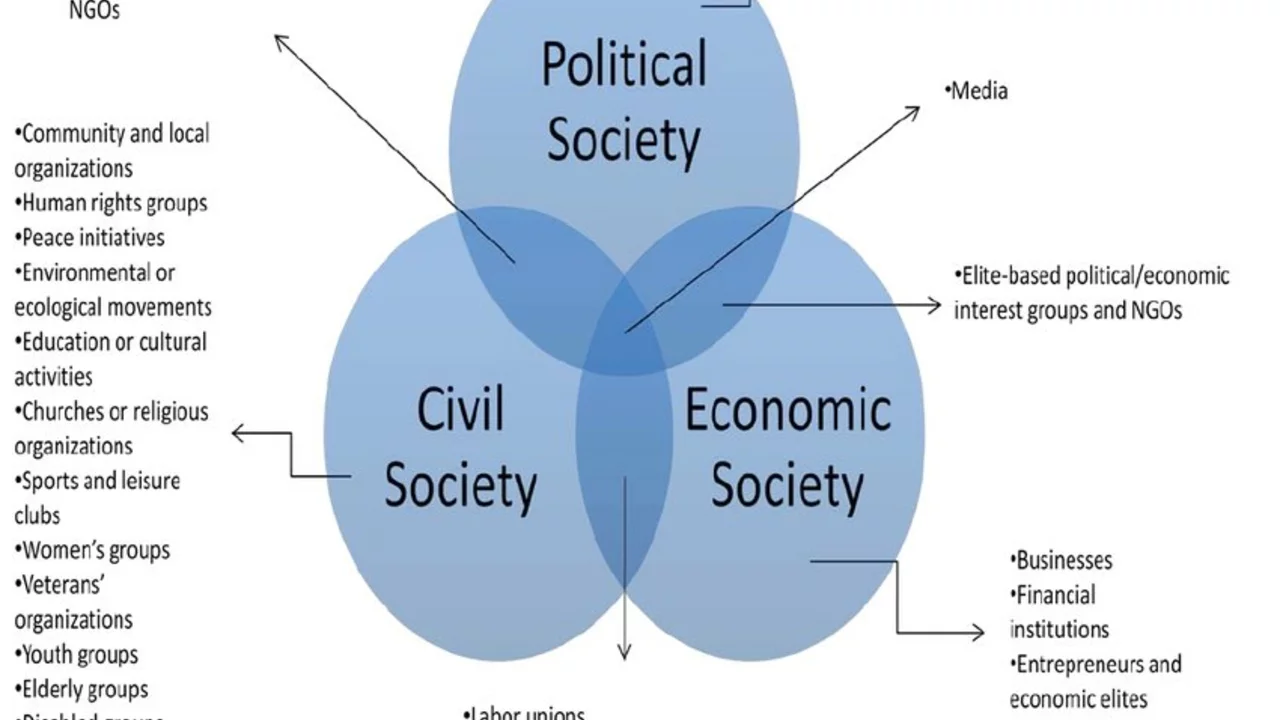Government Evaluation: How It Works and Why It Matters
Ever wonder how we know if a new law or public program is actually doing its job? That’s where government evaluation steps in. It’s a straight‑forward process that checks whether policies deliver the results they promised, and it helps officials tweak or drop initiatives that fall short.
Think of it like a health check‑up, but for public services. Instead of blood pressure, we look at things like cost‑effectiveness, citizen satisfaction, and compliance with legal standards. The goal? Make sure taxpayer money is spent wisely and that services improve people’s lives.
Key Steps in Evaluating Government Programs
First, you set clear goals. If a city launches a bike‑share scheme, the goal might be “increase daily rides by 20% in one year.” Clear targets make it easy to measure success later.
Second, gather data. This could be survey responses, usage statistics, or financial reports. The more reliable the data, the clearer the picture.
Third, compare results against the targets. Did the bike‑share rides rise 15% or 25%? That tells you if the program is on track or needs a boost.
Fourth, dig into why the numbers look the way they do. Maybe the rides grew slower because stations were placed far from residential areas. Understanding the why helps decision‑makers adjust the program effectively.
Finally, share the findings. Transparency builds trust, and publishing the results invites public feedback, which can spark fresh ideas for improvement.
Tools and Techniques You Can Use
There are plenty of low‑cost tools for government evaluation. Simple spreadsheets can track key metrics, while free online survey platforms capture citizen opinions quickly. For bigger projects, many agencies use software like PowerBI or Tableau to visualize trends.
Statistical methods such as cost‑benefit analysis and regression modeling help you see if a program’s impact is genuine or just a coincidence. If you’re not a data geek, many consultants offer ready‑made templates that walk you through the steps.
Don’t forget qualitative methods. Focus groups, interviews, and field visits reveal on‑the‑ground realities that numbers alone might miss. Mixing numbers with stories gives a fuller picture.
One practical tip: start small. Pilot an evaluation on a single department or project before rolling it out across the whole government. This lets you fine‑tune your approach without overwhelming staff.
When you combine clear goals, solid data, and the right tools, government evaluation becomes a habit rather than a one‑off task. Over time, it drives better policies, saves money, and shows citizens that their government is listening.
So the next time you hear about a new public initiative, ask yourself: “How will we know if it works?” That simple question is the heart of good government evaluation.
Politics & Government

What do you think of the current Uttar Pradesh government?
In my view, the current Uttar Pradesh government has shown significant strides in infrastructure development and law enforcement. However, there's still room for improvement in sectors like health and education. I appreciate their efforts towards women's safety with initiatives like 'Anti-Romeo' squads, but more needs to be done to ensure overall gender equality. Also, their handling of the COVID-19 pandemic has been a mixed bag - praiseworthy efforts in some areas but lacking in others. Overall, it's a government with a mix of hits and misses.